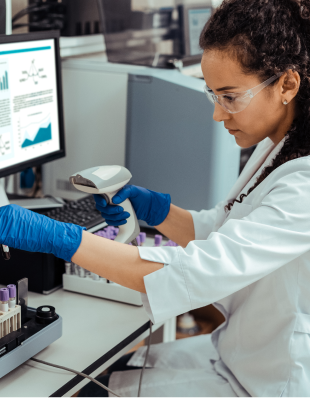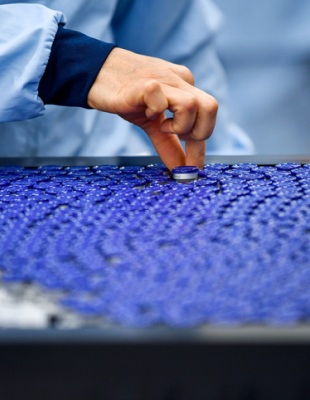RNA is manufactured through a multi-step process that necessitates a multi-product facility approach to design. Here are four things to keep in mind when planning an RNA manufacturing facility.
RNA manufacturing processes
RNA is manufactured through a multi-step process that necessitates a multi-product facility approach to design. Plasmid DNA (pDNA) is used in the ribonucleic acid (RNA) in vitro synthesis (IVT) reaction and is most commonly manufactured through an E.coli-based bacterial fermentation process. Synthetic manufacture of pDNA is possible but is still in the early development stages for commercial manufacturing. Most manufacturers desire to isolate the bacterial fermentation process from the rest of the RNA drug substance manufacturing process to address contamination and potential quality concerns, requiring dedicated gowning, airlocks, access corridors, and cleanroom suites.
Manufacturing of the drug substance is completed through two distinct process steps, often conducted in separate cleanroom suites: RNA synthesis and encapsulation in the lipid nanoparticle (LNP). First, RNA is produced through a multi-step process where it is synthesized, the reaction quenched, and then the RNA chain modified for stability. Numerous purification and concentration steps are required for the RNA process, placing demands on suite size and utility systems. Second, the lipid nanoparticle is formed, and an RNA molecule is encapsulated within it. Formation of the LNP particle requires additional larger pieces of equipment for the mixing process and subsequent purification of the encapsulated RNA/LNP particle.
Design considerations for an RNA manufacturing facility
Arcadis is routinely engaged in early-stage site selection discussions with our clients and prospective clients in response to the recent growth in RNA manufacturing due to the COVID-19 virus. Throughout these evaluations, we have gained unique insight into the requirements including site selection and design for RNA manufacturing facilities.
Here are four points of consideration when planning for your RNA manufacturing facility:
Is your building a good candidate?
Considering the above will help inform if an existing building is an excellent candidate to repurpose.




